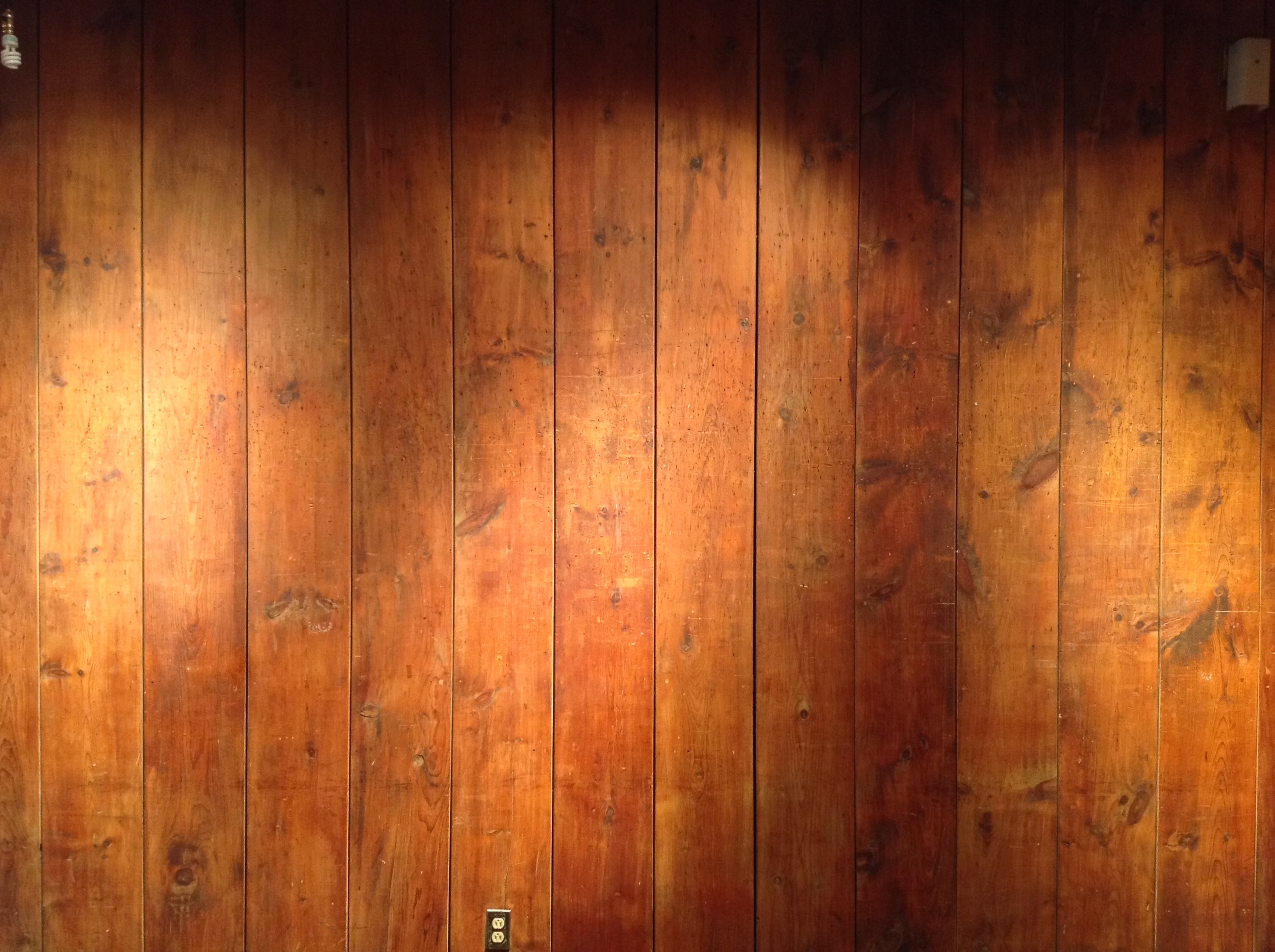
All of the Parts

Learning Together: Art Education and Community

Legacies and Roots

Freedom’s Stand: Sentries Beacon
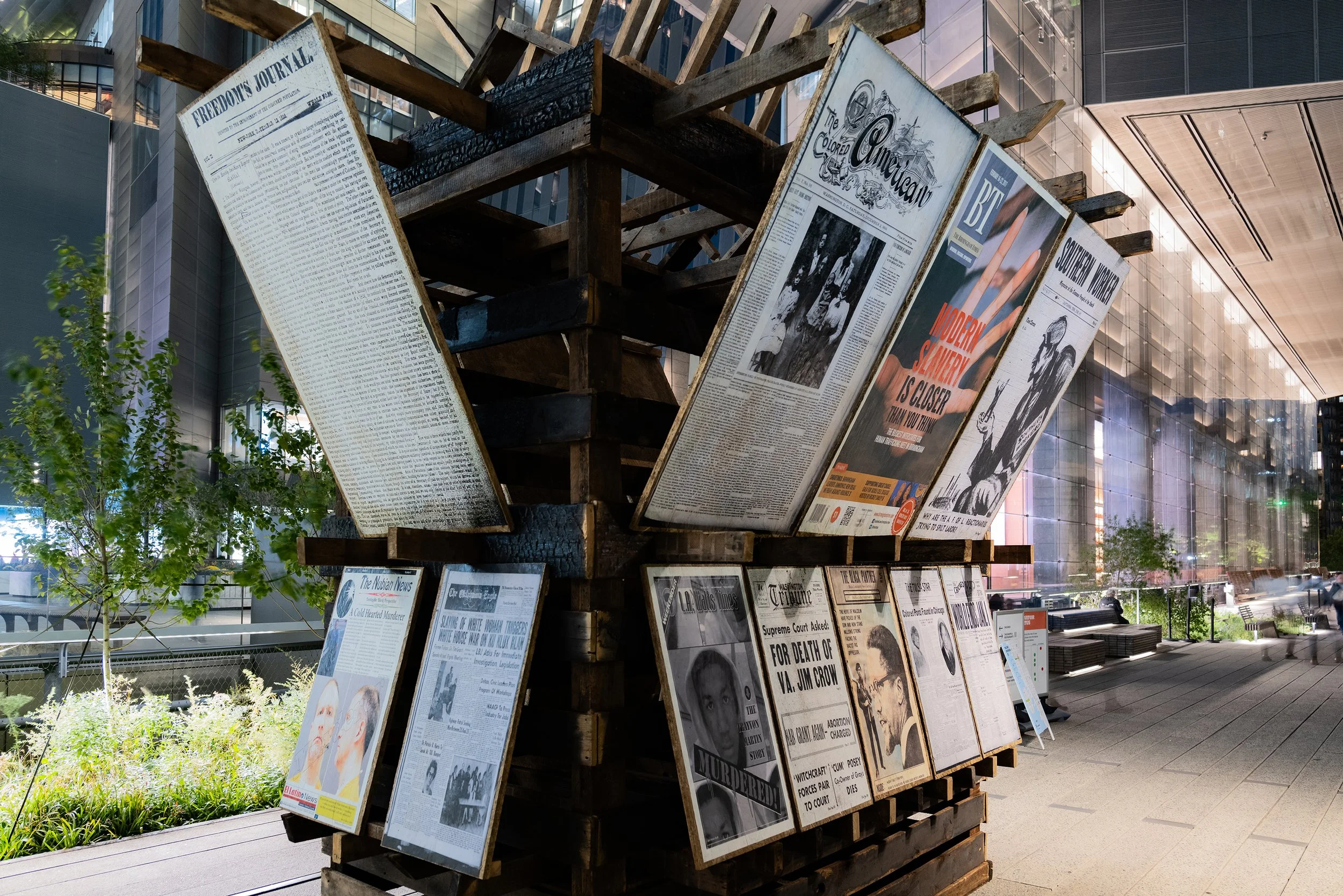
Freedom's Stand High Line
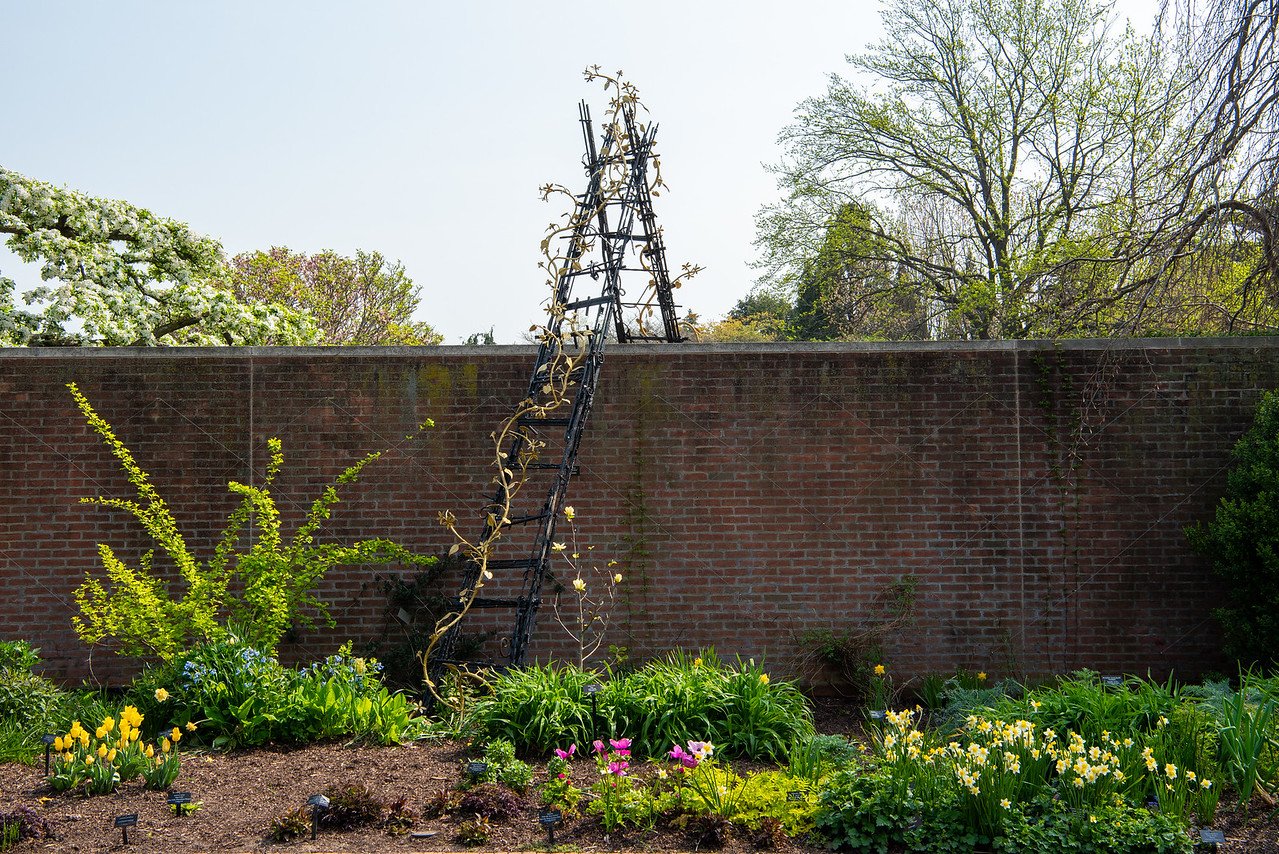
A Ladder for Creeping Charlie and Bittersweet Nightshade

Push Pull

Chicago Grid

Health Club

Tuned Mass
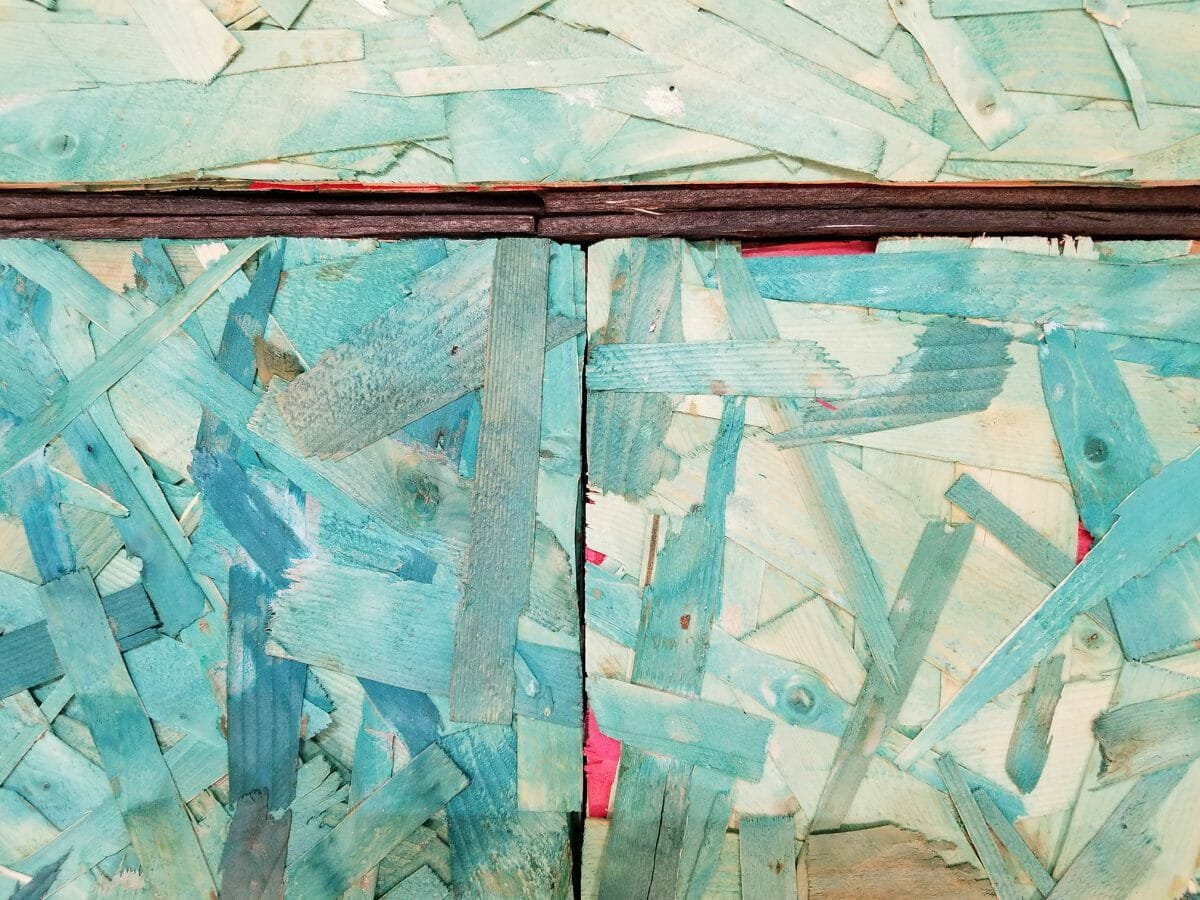
Impression

Unite

Demise Shrouds
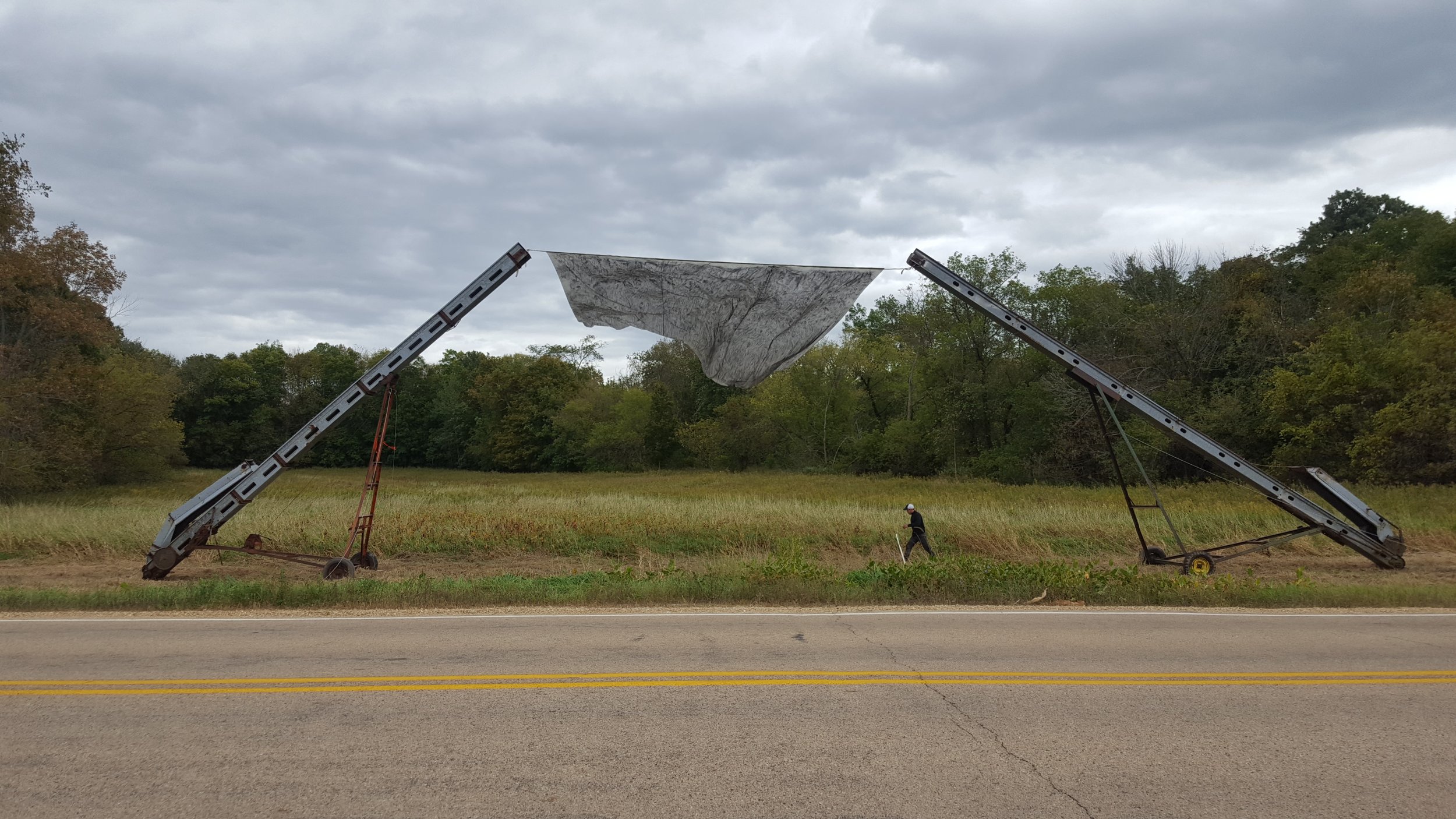
Fields of Our Fathers
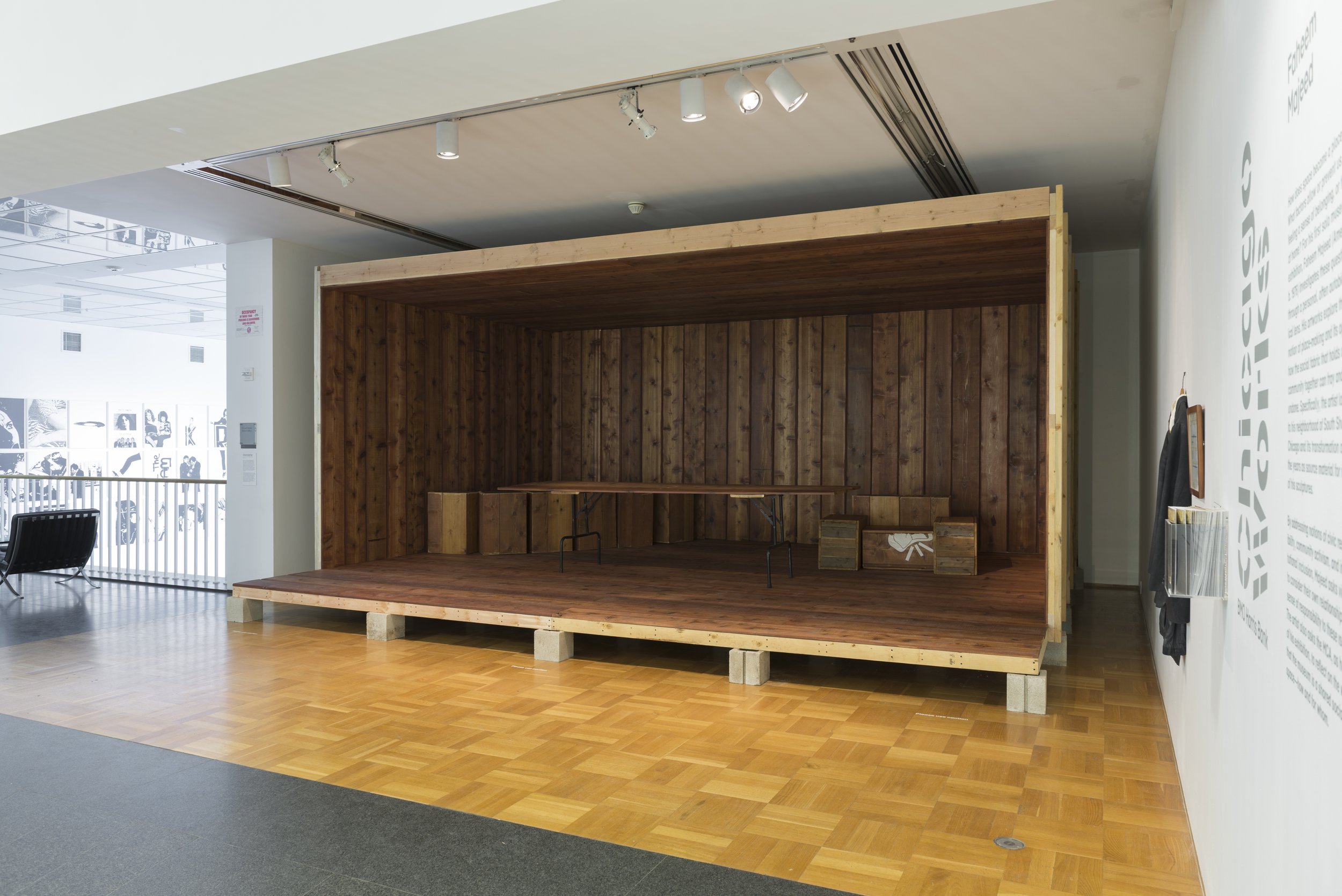
Museum of Contemporary Art: Faheem Majeed

Shacks and Shanties
